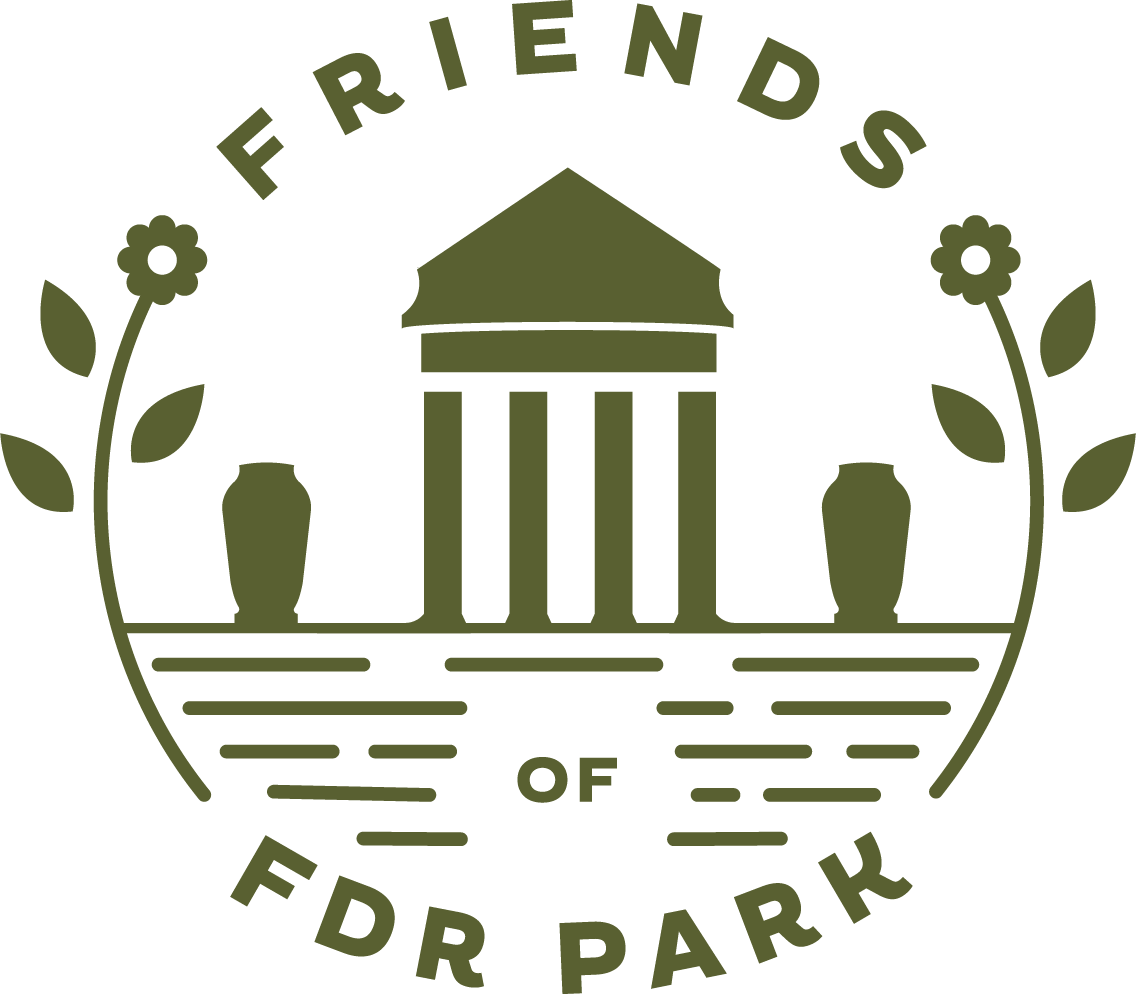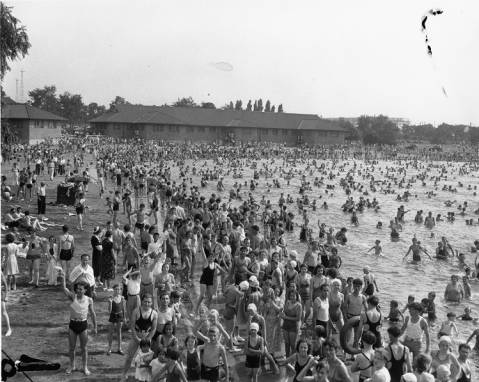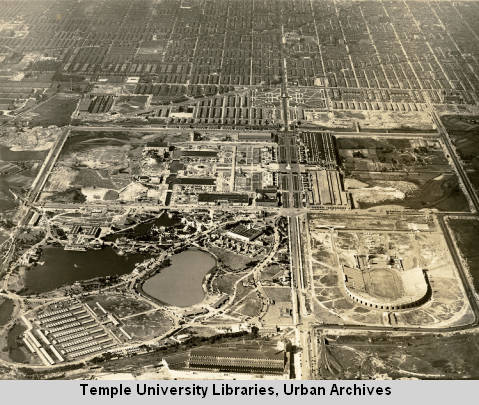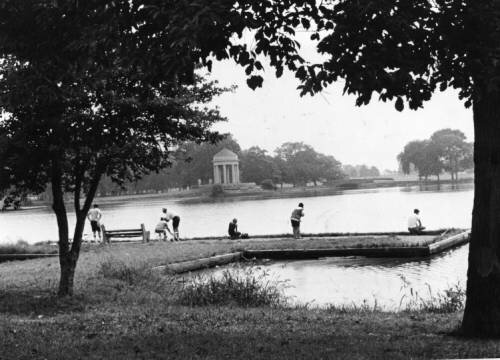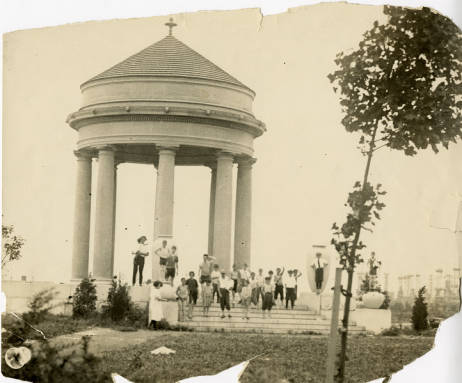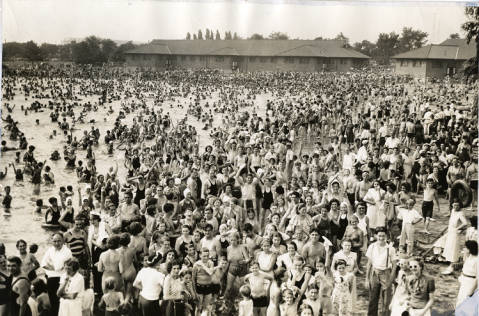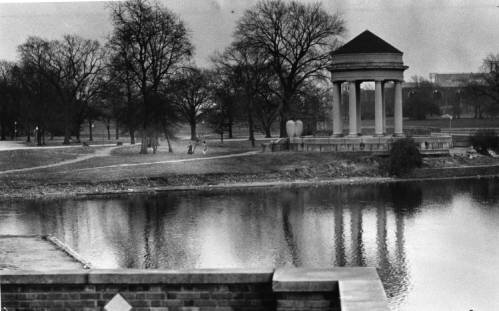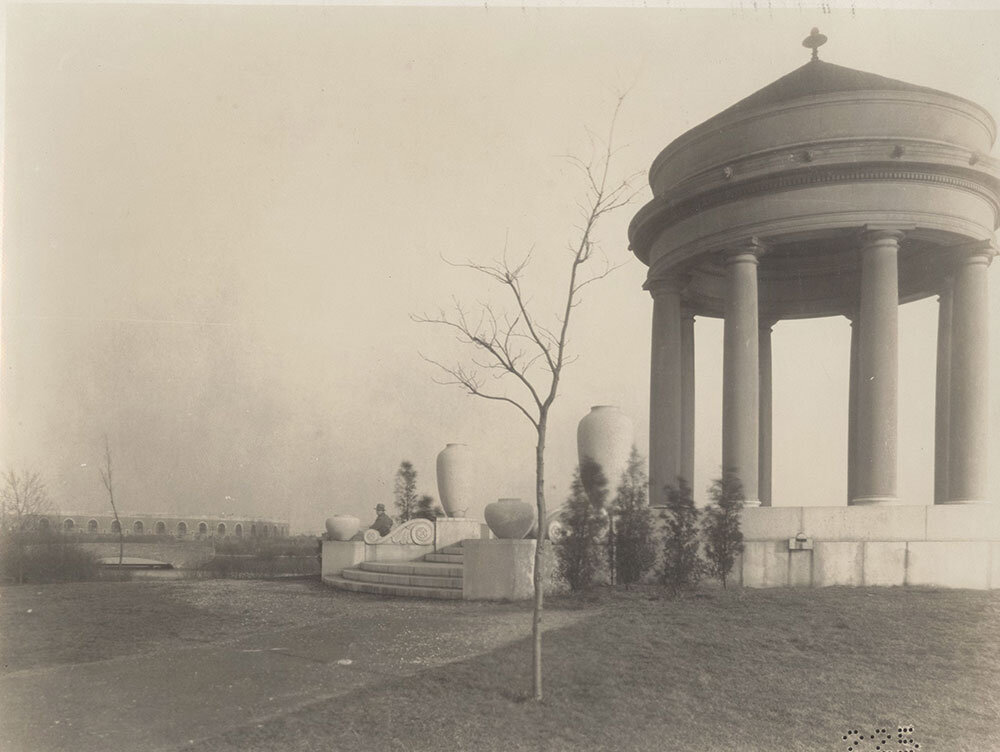History of FDR Park
Long before it became the South Philly staple it is today, the land that is now FDR Park consisted of acres upon acres of wetlands and marshes separated from “mainland” Philadelphia by Hollander Creek, which ran between the Delaware and Schuylkill Rivers. Between the late 1700s and early 1900s, these marshes were slowly drained and filled to support agriculture and eventually residential development. It wasn’t until 1913 that the Olmsted Brothers, the sons of the prominent landscape architect Frederick Law Olmsted of New York’s famed Central Park, designed League Island Park.
The park was built in a neighborhood of Philadelphia once known as “The Neck,” which spanned from Oregon Avenue to what is now the Navy Yard.
Shaped by their father’s romantic vision of landscape architecture, the Olmsted Brothers designed a picturesque park with curving roads and paths, curated views of architecture and landscape, and a series of tidal lakes encompassing the remains of Hollander Creek. Typical Olmsted features appear in the design of FDR Park: a wide expanse of field greets visitors as they first enter the park, the flow of each area is subtly separated for specific activities, and the lack of any one site of architecture is viewed for its individual beauty. The park would go on to earn the nickname “The Lakes,” and become a popular swimming spot for Philadelphians.
In 1926, League Island Park became a site of the Sesquicentennial Exposition of American Independence. A number of architecturally significant structures were built in the park, including the Municipal Stadium east of Broad and the American Swedish Historical Museum west of Broad Street, which remains to this day.
Following the celebration, the park returned to its original purpose as a public park, although the city continued to develop the area east of Broad Street. Today, this stretch of the park is now known as the Stadium District. In the 1940s, a golf course was added to the western side of the park. At the same time, the park itself was renamed Franklin Delano Roosevelt Park in honor of the former U.S. president.
In 1996, skaters constructed the famous FDR Skatepark under I-95, which is still maintained independently by skaters today!
In 2000, the park was added to the Philadelphia Register of Historic Places.
Thank you to the Fairmount Park Conservancy for contributing historical details.
Historic photos from the Temple University Archives and the Free Library of Philadelphia Digital Collections.
